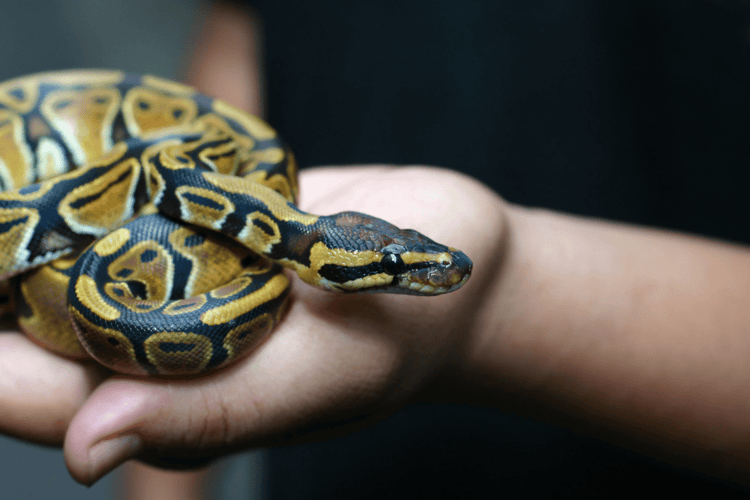
What It Costs to Own a Reptile
Penlights that double as lug wrenches, the latest buffalo meat and chocolate cream pie diet book – ever wonder why all these questionable items are grouped together in the checkout lane?
The answer is pretty simple: all of them fall under the heading “impulse purchasing” – things we buy on impulse, without taking the time to consider their usefulness. We are all susceptible. If you don’t believe it, look in your garage or “junk drawer.”
While most impulse purchases are harmless enough, some are anything but trivial. Consider an addition to the family – of the scaly variety. Often, well-intentioned people see a turtle or iguana that captures their hearts and, without considering the ramifications, impulsively take the animal home.
The expense of owning a pet is probably the most overlooked consequence of any pet-owner relationship. Advances in pet care, especially in the development of pet foods and medical research, have caused ownership costs to increase over the last 10 years. Since it’s not likely that this trend will reverse itself any time soon, potential “pet parents” should consider their finances before taking home a new pet.
All owners need to provide the basics of professional medical care, quality food and adequate shelter. The only other necessity for a responsible owner to provide is love – and that’s free.
Listed below are approximate costs of basic care for reptiles. Costs can vary widely, depending on where you live and specifics associated with each individual pet.
The Cost of Reptiles
Probably the most curious evolution in pet ownership in the last generation has been the increasing popularity of snakes and lizards as house pets. Various species of snakes are now found in pet stores, but the most common types are boas, pythons, and corn snakes. Depending on the specific species, the age, and any special situation surrounding the sale, purchase prices for snakes can vary from less than $100 to more than $1,000.
Once only a curiosity for tourists in Mexico, lizards can now be found in many college dormitories, fraternity houses and loving homes. The purchase price for a lizard is generally reasonable, ranging from $15 to $150.
Below is a rough guide to the costs of reptile ownership. Health care costs, acquisition price, and the cost for food and equipment will vary from region to region and even store to store.
Snakes: Annual Costs
Veterinary Care – $100 to $125
Immunizations – N/A
Feeding – $50 to $200
Miscellaneous (Cage, liability insurance for snakes over 8 feet long, etc.) – $100 to $125
Total: $250 to $450
Lizards: Annual Costs
Veterinary Care – $35 to $50
Cage, light, substrate – $30 to $50
Feeding – $120 to $150
Vitamins – $5 to $10
Total: $190 to $260
Note: Prices vary for liability insurance for lizards more than 5 feet long.
Iguanas: Annual Costs
Veterinary Care – $100 to $125
Immunizations – N/A
Feeding – $50 to $100
Miscellaneous (cage, supplies) – $100 to $125